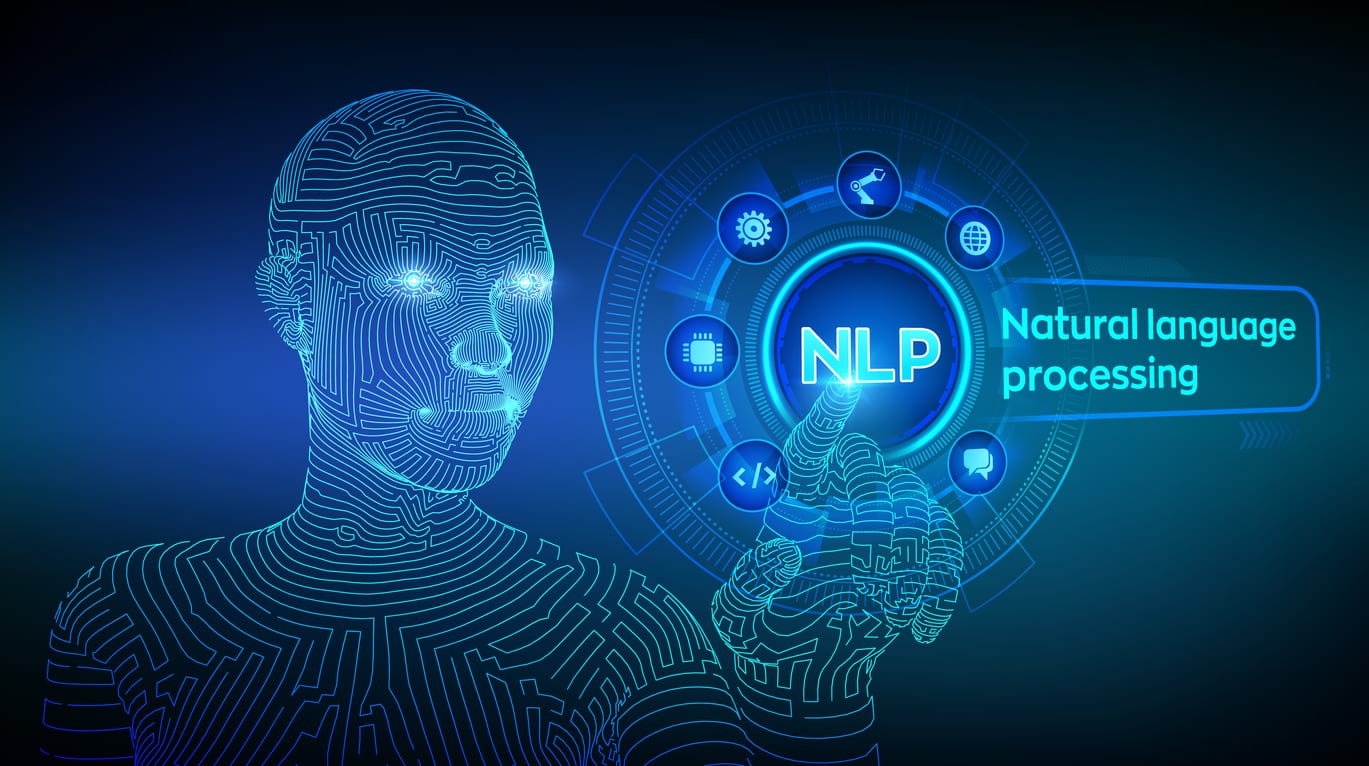
AI-Powered Algorithms: Pushing Boundaries in Natural Language ProcessingAI-Powered Algorithms: Pushing Boundaries in Natural Language Processing Natural language processing (NLP) has emerged as a transformative technology, empowering computers to comprehend and process human language. At the heart of these capabilities lie AI-powered algorithms, pushing boundaries and unlocking new possibilities. Neural Networks: * Recurrent Neural Networks (RNNs): RNNs excel at processing sequential data, such as text, capturing dependencies between words and representing context. * Long-Short Term Memory (LSTM): A variant of RNNs, LSTMs are designed to handle long-range dependencies, enabling them to learn from distant parts of a text. * Transformer Networks: Transformer networks have revolutionized NLP by introducing an attention mechanism that allows the model to focus on specific parts of the input while ignoring irrelevant details. Machine Learning Techniques: * Supervised Learning: Supervised learning algorithms are trained on labeled data, where each data point is paired with a correct label. These algorithms learn to map input text to appropriate outputs. * Unsupervised Learning: Unsupervised learning algorithms discover patterns and structures in unlabeled data, enabling them to perform tasks such as topic modeling and text clustering. * Reinforcement Learning: Reinforcement learning algorithms adjust their behavior based on a reward or penalty system, learning to perform NLP tasks through trial and error. Applications: AI-powered NLP algorithms have found myriad applications, including: * Machine Translation: Translating text from one language to another with accuracy and fluency. * Chatbots: Powering conversational AI assistants with the ability to understand and respond to user queries. * Document Summarization: Generating concise and informative summaries of text documents. * Sentiment Analysis: Determining the emotional tone of a piece of text and identifying positive or negative sentiments. Challenges and Future Prospects: Despite the advancements, NLP algorithms still face challenges: * Contextual Understanding: Understanding the full meaning of text requires considering the broader context and real-world knowledge. * Ambiguity Resolution: Handling ambiguities and multiple interpretations is a complex task for NLP algorithms. As research progresses, AI-powered NLP algorithms are poised to continue expanding their capabilities. Future developments may include: * Multimodal Learning: Integrating NLP algorithms with other modalities, such as computer vision and audio processing, for more comprehensive language understanding. * Domain Adaptation: Developing algorithms that can adapt to specific domains and industries, enhancing accuracy and relevance. * Explainable AI: Making NLP algorithms more transparent and interpretable, enabling users to understand their reasoning and decision-making. In conclusion, AI-powered algorithms are driving a paradigm shift in NLP, pushing the boundaries of human-computer communication. By tackling complex challenges and unlocking new applications, these algorithms are transforming industries and empowering us to interact with technology in more natural and meaningful ways.
Posted inNews